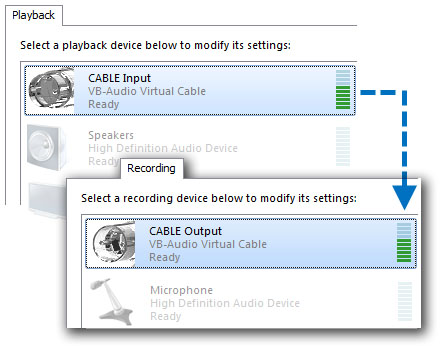

When it comes to Windows, Windows 10 does not have a native tool to group audio devices, but Source Elements tell us that ASIO4ALL doesn’t work too well with Source-Nexus and they recommend FlexASIO instead.įor Pro Tools HDX users Source-Nexus is the only loopback product that will work on HDX systems or other proprietary DAW audio hardware that are not visible to other loopback applications. Users who want to use aggregate devices with Source-Nexus can set them up in Mac OS’s Audio MIDI setup. The thing that differentiates Source-Nexus from other solutions is having up to 64 channels of virtual I/O available, which means it has pretty much any scenario covered. Users can connect up pretty much any application with Source-Nexus, including NLE’s, web browsers or software metering for example. It can pick up the OBS-Audio output and present it as SparkoCam Virtual Microphone, which I can then use as the audio source for StreamYard (along with the OBS Virtual Cam plugin for the video). I have ended up using SparkoCam to fill the gap. Slotting in alongside Source Elements’ other collaboration tools, Source-Nexus is a new solution that has been developed to neatly circumvent these problems by providing a paid, properly supported Windows and Mac solution to plug the gap and plays nicely with your system. StreamYard wont pick up the OBS-Audio, but will only recognise microphones (it is browser-based).
#Audio loopback plug driver#
Up until now, using a standalone driver could be a rather hit-and-miss experience, despite some very usable freeware coming and going, with a large gulf between solutions for those moving between Mac and Windows systems. To measure round-trip latency using CTS Verifier, connect a loopback plug to the 3.5 mm () headset connector. This comes from an audio driver, be that your interface’s one or a standalone solution such as Jack, Rogue Amoeba Loopback, Ground Control or (the now unsupported) Soundflower. Round trip latency in audio is defined as the time it takes an audio signal to be recorded, processed and output back. Loopback products like Source-Nexus allow us to ditch the clutter by providing virtual I/O. Not only was this unwieldy, but it also involved a trip through the convertors and back, which is less than ideal.

Whatever the reason, the need to record audio between applications is something that many of us will have come up against before now, which often used to mean patching physically between source and destination audio interfaces. Whether you’re recording a Zoom or Skype call into your DAW, or streaming audio from DAW to DAW, having a way to pipe sound around your computer while staying in the box is invaluable. Inventors of the OEM Loopback harness, elite system and S.I.K kits. Why Do We Need Loopback Products Like Source-Nexus? LLJ Customs Car Audio Fabrication L.L.C is a Family owned car Audio Equipment sales and manufacturing. Volume controls are now available with both master and per-channel adjustments.

Now, every device made with Loopback 1.2 and up provides complete volume controls.
#Audio loopback plug how to#
But what if your interface doesn’t have a loopback feature? We show you how to get there without the clutter. While most physical audio devices you plug in to your Mac will provide volume controls, older versions of Loopback made virtual audio devices which did not offer any controls. When you need to record audio from one application to another, loopback is the solution.


 0 kommentar(er)
0 kommentar(er)
